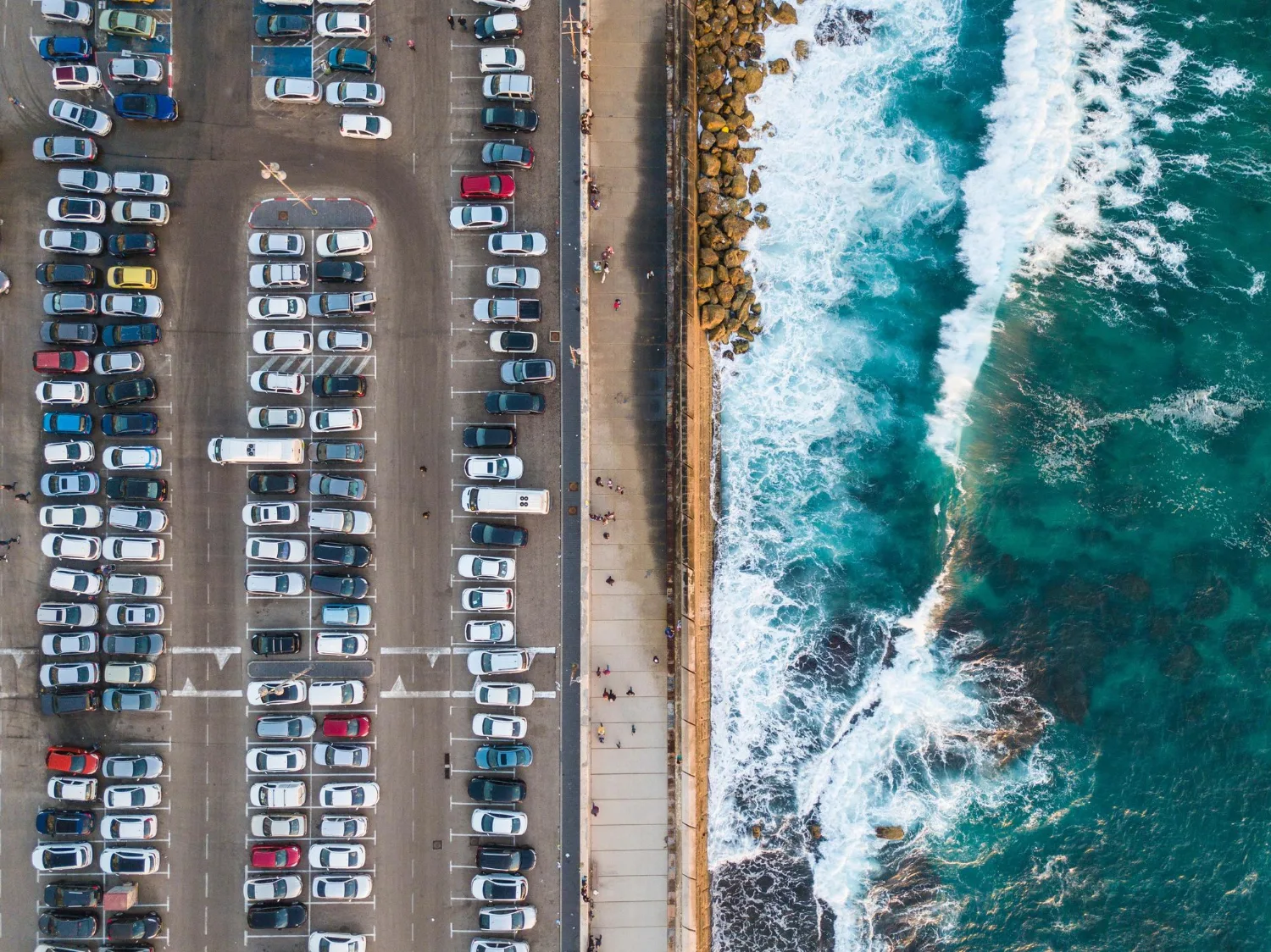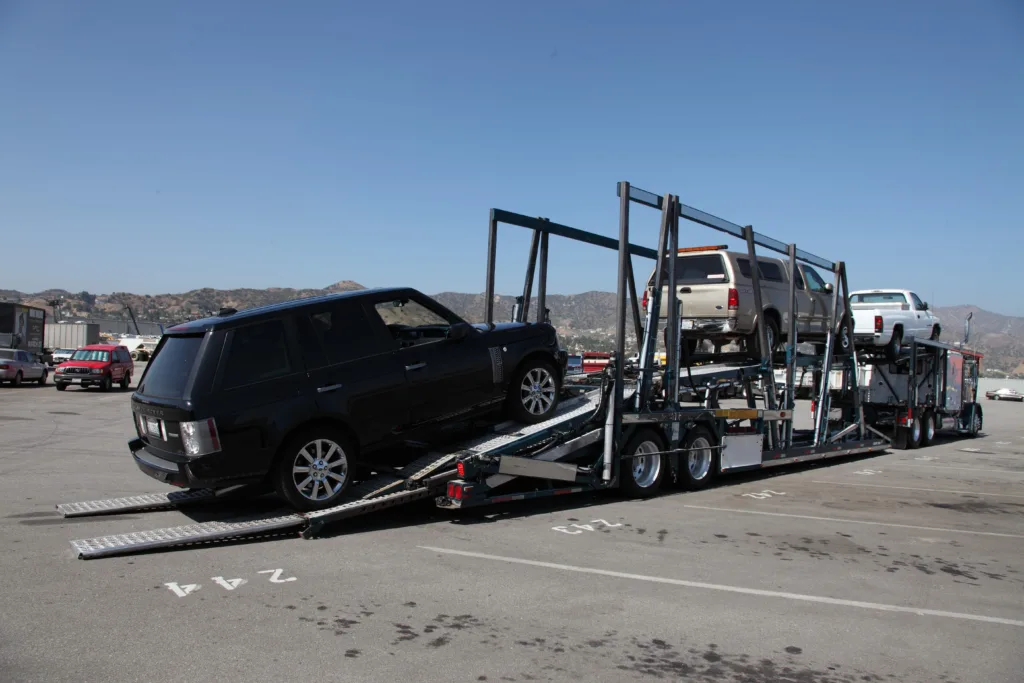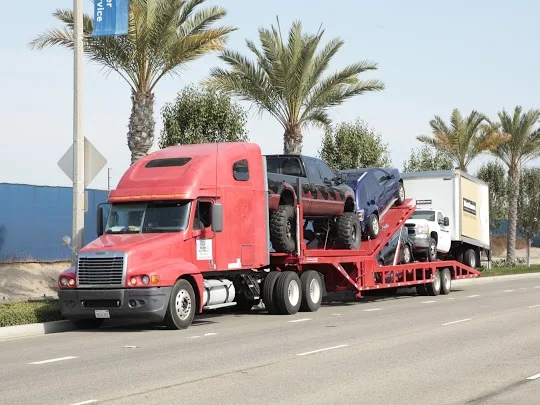 The coast is beautiful, but shipping a car from it is no walk on the beach. Coastal car travel has some obstacles that you would not encounter inland. There are numerous factors that can influence this process, ranging from salt air that can damage your vehicle to congested ports, unexpected weather, and seasonal traffic spikes. Shipping from the coast requires careful planning and experience.
The coast is beautiful, but shipping a car from it is no walk on the beach. Coastal car travel has some obstacles that you would not encounter inland. There are numerous factors that can influence this process, ranging from salt air that can damage your vehicle to congested ports, unexpected weather, and seasonal traffic spikes. Shipping from the coast requires careful planning and experience.
In this blog, we’ll tell you everything you need to know about shipping cars in coastal areas to secure your vehicle, reduce delays, and make your coastal cargo run quickly and stress-free by transforming a difficult route into a smooth ride.
Why Car Shipping in Coastal Areas Needs Special Attention
Coastal shipping is more than just moving cars; it also involves managing environmental, logistical, and regulatory issues. Hurricanes, tropical storms, fog, and excessive humidity can all cause delays. Salt air hastens corrosion, and heavy traffic in port areas such as Miami, Los Angeles, and Seattle makes pickups complicated.
However, not all coastal ports are the same. Some smaller ports have speedier processing times; however, larger ports may have complex restrictions that can add days to your shipment if not handled appropriately. Knowing which port is appropriate for your travel can help you save time and money.
How to Choose the Right Type of Auto Transport
Selecting the right transportation method is crucial:
- Roll-on/Roll-off (RoRo) Shipping: Cost-effective and appropriate for normal vehicles, but exposes them to salt spray and weather.
- Container Shipping: Comes up with maximum protection from ocean elements and is ideal for luxury, vintage, or exotic cars. If you’re exporting during extreme weather, consider using climate-controlled containers.
- Open vs Enclosed Carriers for Land Transport: Open carriers are great for transporting several vehicles, whilst enclosed carriers offer additional protection to high-value vehicles.
Additional Tip: For convertibles or historic automobiles, combine container shipment with an enclosed carrier for added protection, especially if the car will be housed outside at the port for an extended period.
What Works Best for Car Shipping in Coastal Areas
Choosing the right approach mostly depends on several factors like your car, destination, and timeline. For example, door-to-door delivery maximizes convenience by picking up your car directly, while port-to-port shipping is comparatively affordable in case you can access the port easily.
Extra Insight: There are also some carriers that provide hybrid options. The best thing is that they can pick up your car from your home and drop it off at the nearest port, minimizing both cost and logistical stress.
Timing Is Everything
Another important aspect that you should consider when it comes to transporting your car is seasonality. For example, summer is the period of high demands in tourist areas, while in northern ports you can face ice and snow during winter. Seasonal movements of snowbirds influence the rates and availability of vehicles.
Extra Tips:
- Late fall and early spring are the best periods for shipping cars from this area.
- Always check local events, festivals, or holidays near ports that could affect pickup or delivery timing.
- Always have a weather contingency plan during hurricane season.
Preparing Your Car for Shipping
Another crucial aspect when it comes to shipping your car is preparation that can protect your car during transportation.
- First of all, wash and wax your car to shield it against salt and moisture.
- Conduct a detailed inspection by photographing all angles and noting scratches, dents, and pre-existing damage.
- Make sure that fluid levels are correct, the battery is charged, and the tires are properly inflated.
- Remove all personal items, GPS devices, and aftermarket parts.
Extra Insight: In order to prevent salt-induced corrosion during transportation, we recommend you add additional protective undercoating to your car’s frame. In case your car will be housed outside at the port inquiry about covered or indoor storage.
Working with the Right Transport Company
A reliable, licensed and insured carrier plays a crucial role in the process of transportation. So, try to make sure that your carrier:
- Understands local rules and port regulations.
- Provides real-time tracking for monitoring your vehicle during transit.
- Provides supplemental insurance, especially for high-value vehicles.
Extra Insight: Check with your carrier about bundled shipping in case you are moving multiple cars. In this case you can minimize overall costs. Additionally, double-check whether they have experience in navigating specific coastal routes with congestion or difficult access.
Rust, Salt, and Other Hidden Risks
Coastal shipping charges cars to unique risks, such as salt residue, humidity and even airborne sand near some beaches. The reason is that these can damage paint, undercarriage, and interior components.
Extra Tips:
- Consider vented coverings or protective wrapping for long-distance coastal shipments.
- For high-end cars, climate-controlled transport can prevent interior moisture damage.
- Check your car if stored at a port before shipping, especially in humid areas, on a regular basis.
Tracking and Communication
Do not underestimate the importance of transparent tracking. Nowadays, most carriers provide online GPS tracking and updates through text or email. This allows you to anticipate delivery, adjust plans for delays because of the weather and stay informed in case any route adjustments are required.
Extra Insight: There are several carriers that provide AI-assisted route optimization that reduces coastal traffic delays, ensuring your vehicle arrives on schedule even during peak season.
Shipping a car from coastal areas does not have to be a nerve-racking process. With a carefully planned strategy, proper preparation, and a trusted carrier, your car will arrive safely, without damages and delays. By implementing the above-mentioned steps like port selection, protective undercoating, hybrid shipping options, climate-controlled containers, bundled vehicle discounts, and AI-optimized tracking, your car’s transportation experience will run smoothly and without any issues.



